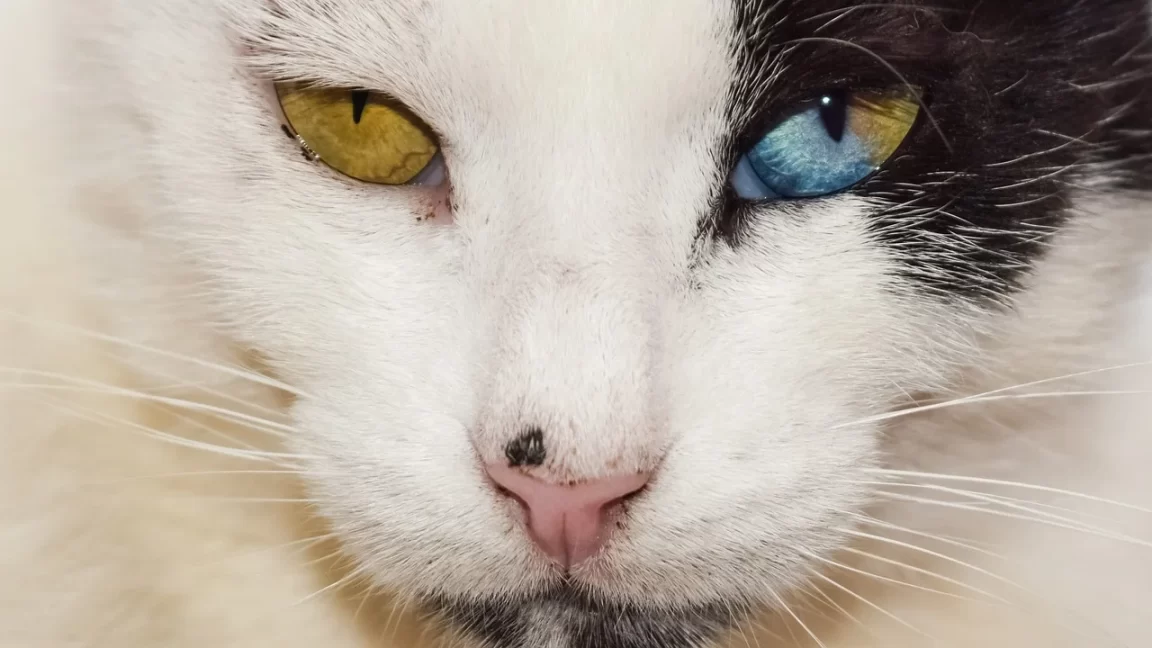Animals have always been a source of fascination and awe. From the tiniest insect to the largest mammal, each species has something special to offer the
world. But some of the most impressive creatures are those that are both strange and aggressive. From massive reptiles to tiny amphibians,
here are 10 of the strangest and most aggressive animals in the world!
The Honey Badger
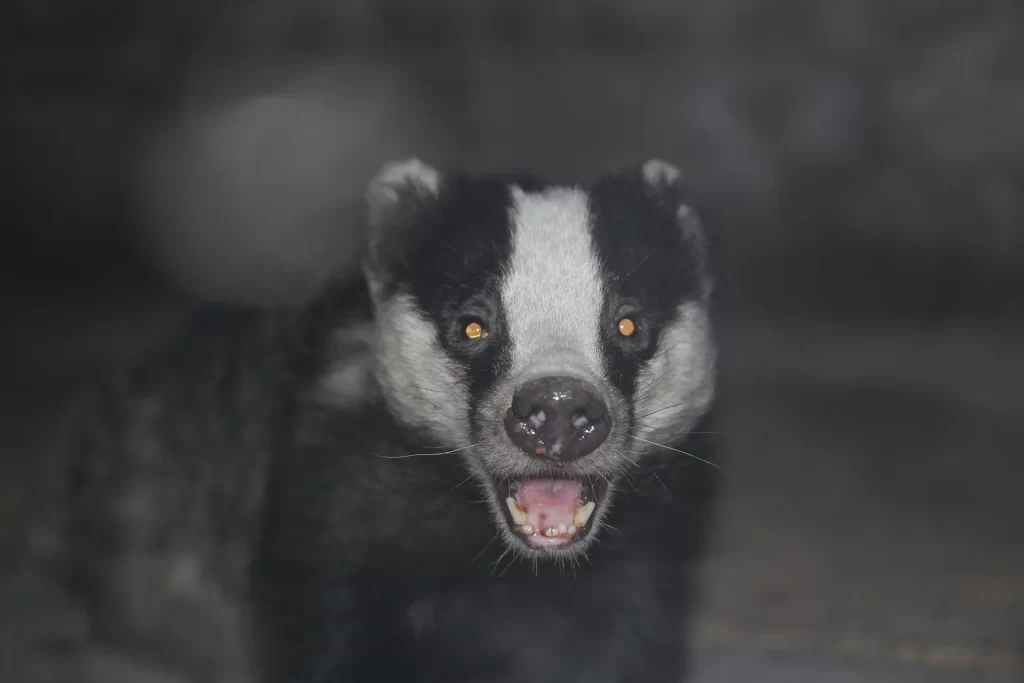
The honey badger, also known as the ratel, is one of the world’s most aggressive animals. This animal is native to Africa, India, and Southwest Asia, and is known for its incredibly tough hide that can resist stings and bites from venomous snakes. This animal is so strong that it has even been known to break through the walls of bee hives to get at their honey.
The honey badger is omnivorous and will eat almost anything, including venomous snakes. It is also very fast and agile and can catch animals much larger than itself. Its nocturnal habits mean that it mostly hunts during the night and has a remarkable sense of smell which allows it to detect its prey. The honey badger is also an excellent digger and can easily create burrows and dens to keep itself safe from predators.
In addition to being an aggressive hunter, the honey badger is also a fearless defender of its territory and will fiercely fight any intruder who enters its space. This animal is known for its fearless attitude and is not scared off easily, even when faced with much larger animals like lions.
Overall, the honey badger is an amazing creature that should be respected for its strength and ferocity. It may look small, but this animal should
not be underestimated – if provoked, it will fight back fiercely!
The Cassowary
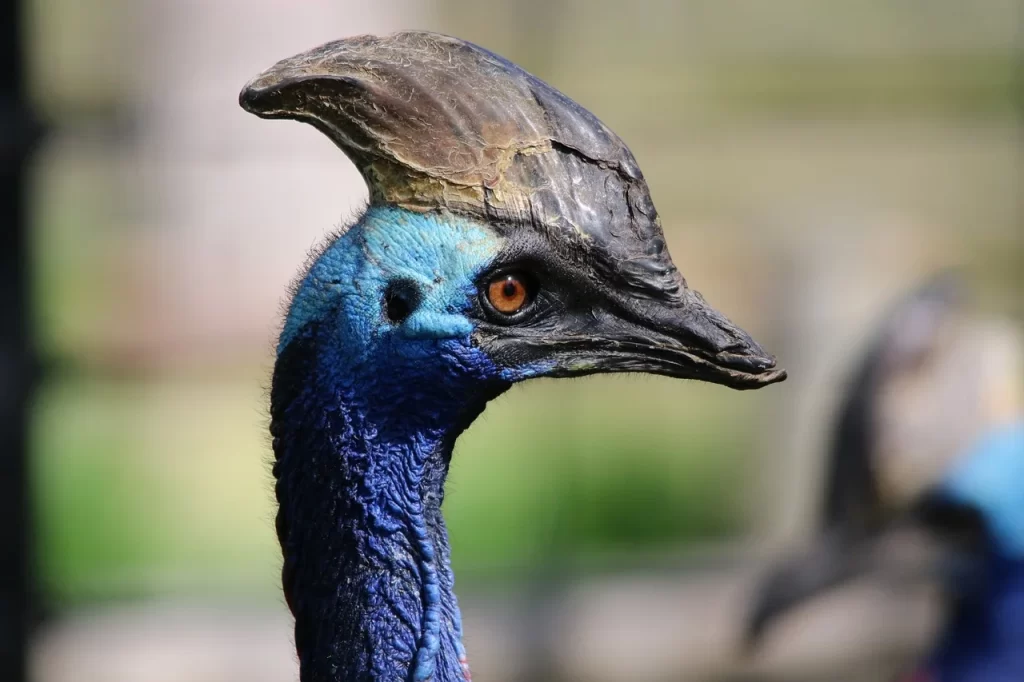
The cassowary is a large, flightless bird that can be found in the tropical rain forests of New Guinea, and parts of Australia. It is related to the emu and is the third-largest bird in the world, reaching up to 6 feet tall. The Cassowary has a grey-brown plumage with distinctive blue and red wattle and yellow wattles hanging down from its neck.
This large bird is known for being one of the most aggressive animals on earth. Its powerful legs and clawed toes make it a formidable foe. The middle toe of its foot is actually equipped with a 4-inch long claw that can be used to attack or defend itself. The cassowary is known to charge at people, as well as other animals, when provoked and can cause serious injury or even death with its powerful kick.
In addition to its aggression, the cassowary also has an interesting diet. It mainly eats fruit, but will also consume small insects, lizards, and sometimes even the eggs of other birds. It’s an omnivore that doesn’t shy away from meat if it’s available.
The cassowary is listed as an endangered species due to habitat loss, as well as illegal hunting. To protect this unique animal, conservation efforts have
been put into place to help protect its population from further decline.
The Chinese Giant Salamander
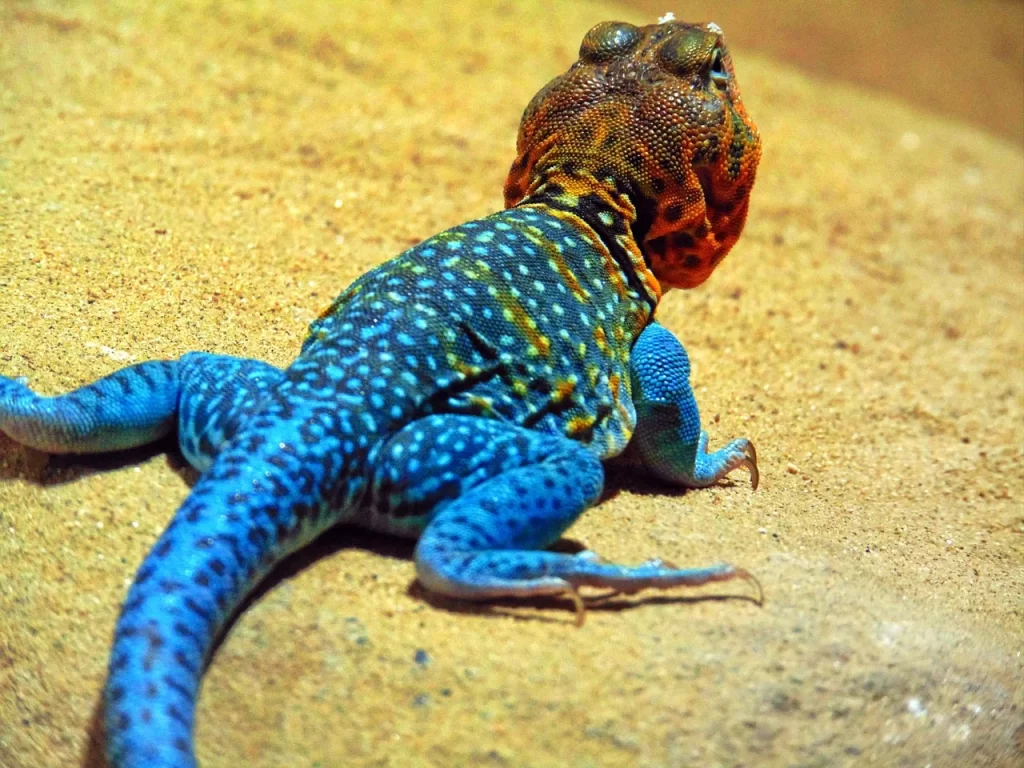
The Chinese giant salamander is one of the most unique and strange animals in the world. Native to eastern and southern China, it is the largest amphibian on the planet and can grow up to 1.8m in length.
The salamander has mottled grey-brown skin covered with small bumps, giving it a rough, scaly appearance. It also has four short legs with webbed toes and a flattened head with external nostrils, and a wide mouth.
The Chinese giant salamander is an aggressive predator that feeds on fish, crustaceans, and other amphibians. Its powerful jaws are capable of crushing hard shells, making it an effective hunter. The salamander is also equipped with sharp claws that help it catch its prey.
Despite its size and aggressive nature, the Chinese giant salamander is not considered dangerous to humans. It is, however, threatened by habitat
loss due to pollution and overharvesting for human consumption. Conservation efforts are underway to protect this unique species and ensure its
survival for future generations.
The Gila Monster
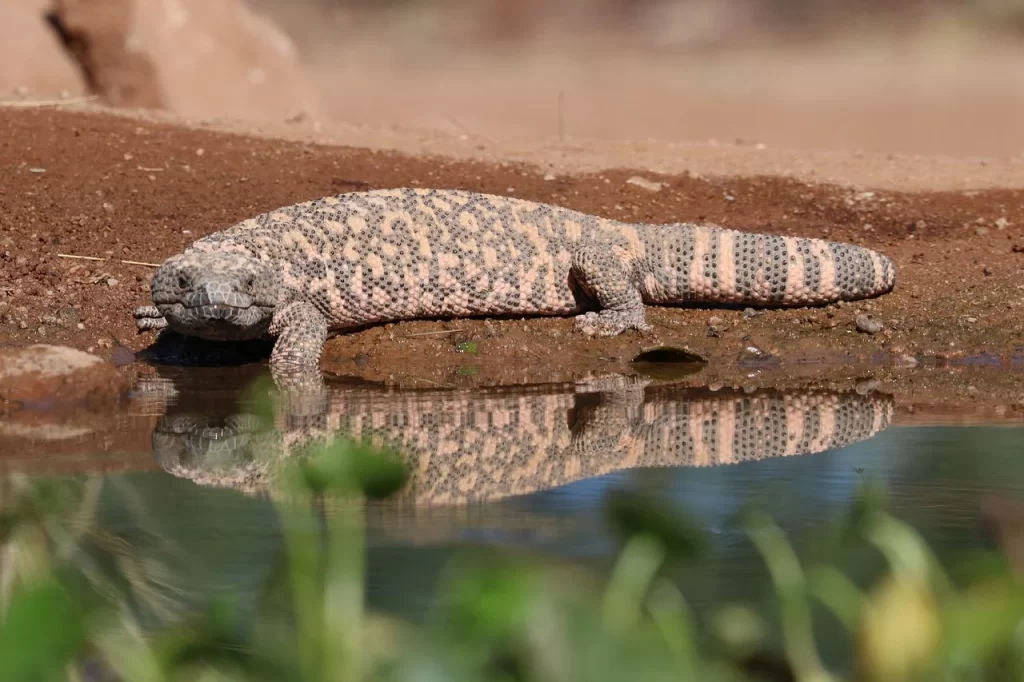
Native to the southwestern United States and Mexico, the Gila Monster (Heloderma suspectum) is one of the most aggressive animals in the world. These large lizards are known for their bright and colorful patterning, which makes them stand out in their desert habitat. Gila Monsters are voracious predators, capable of taking down prey much larger than themselves.
Although they are not venomous, they have strong jaws with sharp teeth and claws that make them formidable predators. Gila Monsters also have a powerful bite force, able to hold onto prey with a vice-like grip. When threatened, these animals can become very aggressive and are known to bite repeatedly.
These creatures are well adapted to life in their arid environment. They have an enlarged head that stores water and helps them regulate their body temperature. Gila Monsters are solitary animals and will typically only interact with other members of their species during mating season.
Despite their intimidating looks, Gila Monsters are actually quite docile and make great pets. In captivity, they can even be trained to be handled.
If you’re looking for an interesting pet, this could be the one for you!
The Komodo Dragon
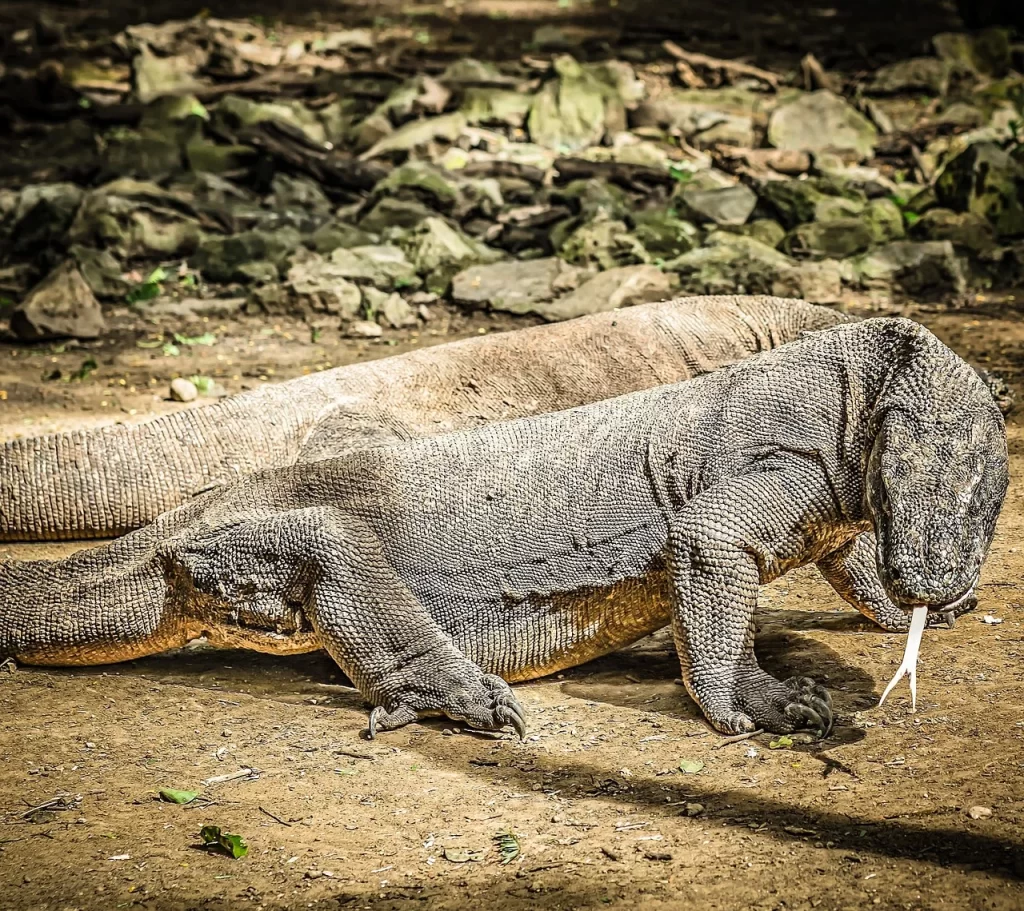
The Komodo Dragon, also known as the Komodo Monitor, is a species of monitor lizard that can be found on a few islands in Indonesia. These impressive reptiles are the largest living lizards on the planet, growing up to 3 meters in length and weighing up to 70 kilograms.
Komodo dragons are ambush predators, waiting for their prey to come to them rather than chasing them down. They are carnivores and will eat any animal they can catch, including birds, mammals, and even smaller reptiles. Komodo dragons can also be cannibalistic and will hunt and eat each other.
Komodo dragons have a unique way of killing their prey. They have a venomous bite that can paralyze and kill their victims in just minutes. Their saliva contains 50 different types of bacteria which quickly spread through the body, causing infection and eventually death. This makes them one of the most dangerous animals in the world.
Komodo dragons are considered to be an endangered species and are protected by law. This means that they cannot be kept as pets and must
be left alone in their natural habitat. Although they may seem intimidating, Komodo dragons can make surprisingly docile captives if given the right care.
The Poison Dart Frog
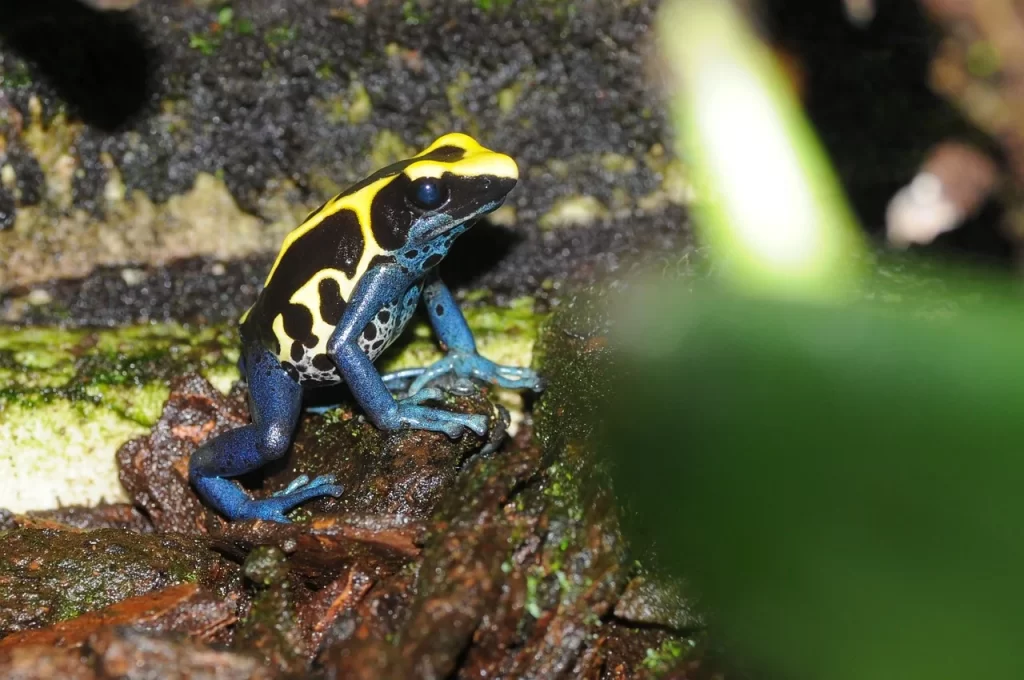
One of the most interesting, but also most dangerous animals on this list is the poison dart frog. This small and colorful amphibian is native to the rainforests of Central and South America and it is widely known for its poisonous skin secretions. The poison in their skin has been used for centuries by indigenous tribes to make powerful darts for hunting and self-defense.
The colors of the poison dart frog can range from bright yellow, green, red, blue, orange and even black. While they may look cute, it’s best not to touch them as their skin secretions can be deadly. They are known to produce alkaloid toxins, which can vary depending on the species. Some toxins can cause paralysis and even death.
The diet of the poison dart frog mainly consists of small insects such as ants, termites and flies. They are solitary creatures and only come together during mating season. During this time, they will mate in the water and the female will lay up to 50 eggs in a small pond or wet area in the forest.
Despite their dangerous skin secretions, the poison dart frog is an interesting creature that is often admired by animal enthusiasts. It’s important to
remember though, that these frogs should not be handled without proper care and protective gloves as they can be extremely dangerous if touched
without protection.
The Tarantula Hawk Wasp
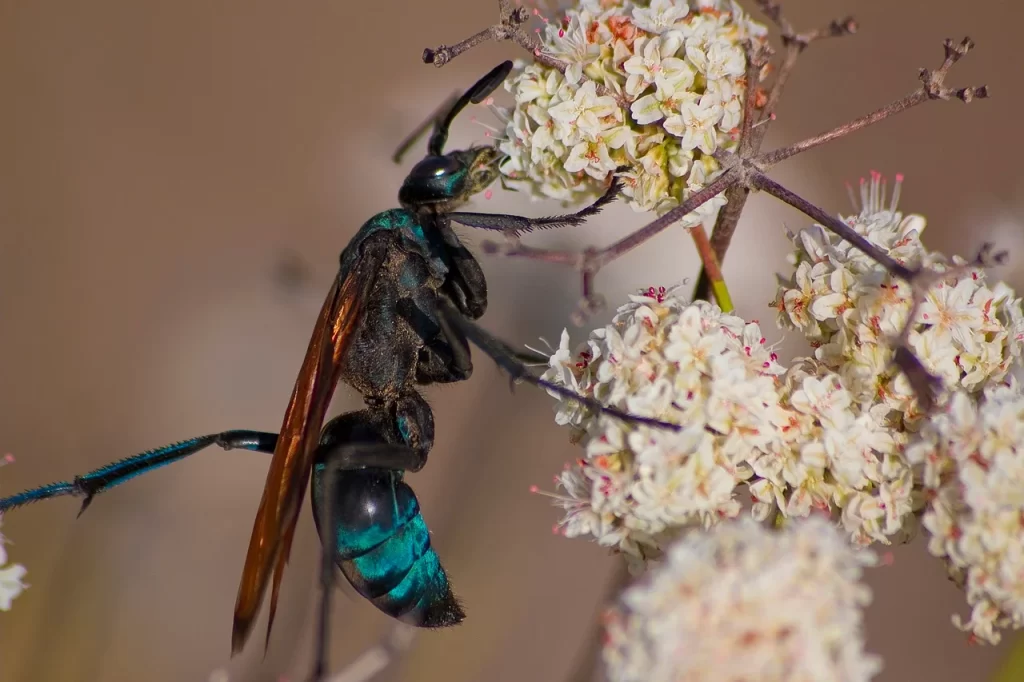
The Tarantula Hawk Wasp is one of the world’s most aggressive animals, living mainly in the deserts of the American Southwest. The wasp is incredibly large, reaching up to 2 inches in length with a wingspan of over 4 inches. It has long black and yellow-striped wings that contrast with its black abdomen and orange-red thorax.
The wasp preys on tarantulas, which it paralyzes using its powerful venom. It then drags its prey to a nest where it will lay a single egg on the spider’s abdomen. The egg hatches, and the larva feeds on the living but paralyzed spider until it pupates and emerges as an adult wasp.
The female wasp has an especially painful sting that can be compared to being hit by a hammer. This is why they are considered so
aggressive – they will sting anything they perceive as a threat to them or their nests. Despite this, they are important pollinators and help
to maintain healthy desert ecosystems.
The Amazonian Giant Centipede
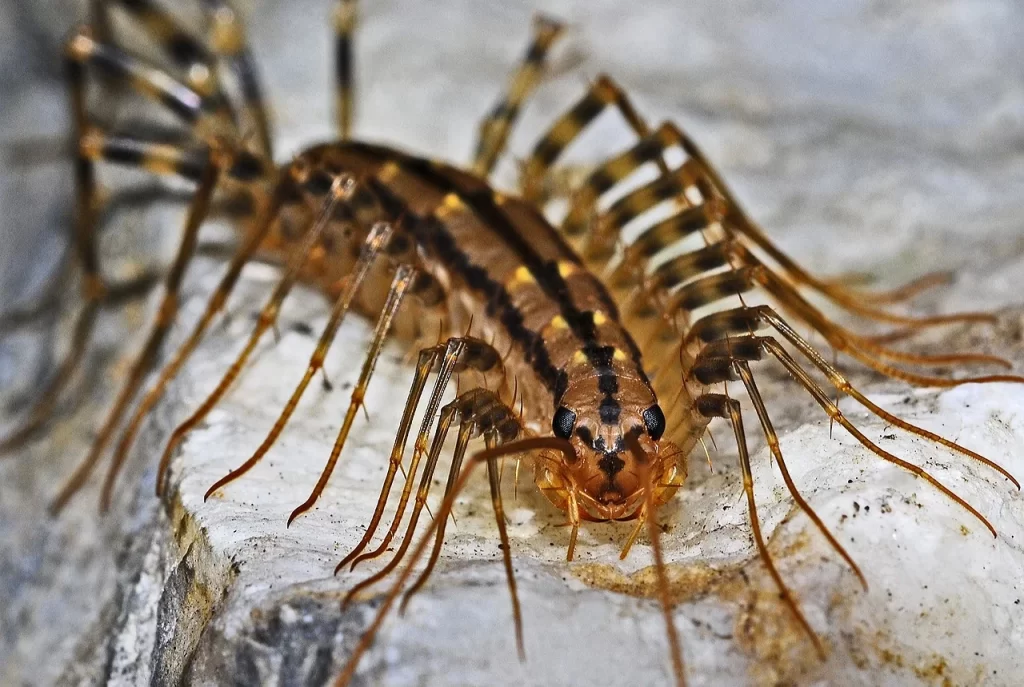
The Amazonian Giant Centipede is a species of arthropod found in South America and Central America. Its scientific name is Scolopendra gigantea, and it is one of the largest centipedes in the world. The Amazonian Giant Centipede is known for its aggressive behavior and is considered to be one of the most dangerous creatures in its environment. It is capable of delivering a powerful venomous bite, which can cause severe pain and swelling.
The Amazonian Giant Centipede is carnivorous and feeds on a variety of animals, including small reptiles, amphibians, insects, and even some mammals. It can grow up to 12 inches long and has a yellowish-brown body with reddish-orange legs. It has 21 to 23 pairs of legs, which it uses to move quickly over a wide range of terrain.
The Amazonian Giant Centipede is also known for its hunting techniques. It can detect prey from up to a meter away using its antennae. Once it finds its prey, it will use its mandibles to grab it and then inject venom into the prey to paralyze it. Afterward, it will coil around the prey and begin to feed.
The Amazonian Giant Centipede may not be the most pleasant creature to encounter, but it certainly adds a unique element to the environment
that it inhabits. With its impressive size, aggressive behavior, and ability to deliver a venomous bite, this centipede should be respected and admired
from a safe distance!
The Bullet Ant
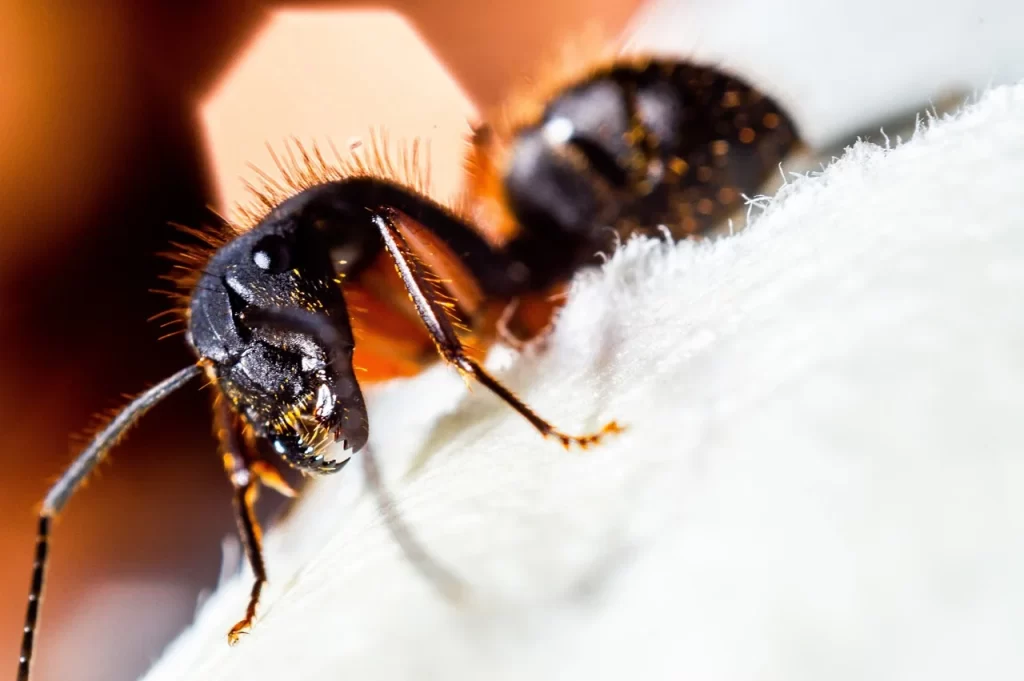
The Bullet Ant is native to Central and South America and is known for its painful sting. The sting from this ant can cause extreme pain and
inflammation and can last up to 24 hours. In fact, it’s often said that getting stung by a Bullet Ant is like being shot with a bullet. It has been
ranked the number one most painful insect sting in the world according to the Schmidt Sting Pain Index. In addition to its painful sting, the Bullet
Ant is also one of the largest ants in the world, growing up to an inch in length. Although they are not generally aggressive, they will sting when disturbed
or threatened.
The Box Jellyfish

The box jellyfish, known by the scientific name Chironex fleckeri, is native to the Indo-Pacific Ocean region. It is one of the deadliest creatures in the sea, and its sting can be fatal. This species of jellyfish is characterized by its cube-shaped bell, which can measure up to 20 cm across and contains four distinct faces. Its tentacles are covered in hundreds of venom-filled nematocysts that deliver a powerful, painful sting.
Though these jellyfish don’t usually inhabit shallow waters, when they do, swimmers can be stung without even realizing it. The venom from a single jellyfish has enough power to kill more than 60 people. Common symptoms of box jellyfish stings include nausea, dizziness, respiratory distress, muscle weakness, and paralysis.
Because of its aggressive nature and powerful venom, the box jellyfish should be avoided at all costs. For swimmers who are unlucky enough to come
into contact with one, it is important to immediately seek medical attention in order to reduce the severity of the sting.


